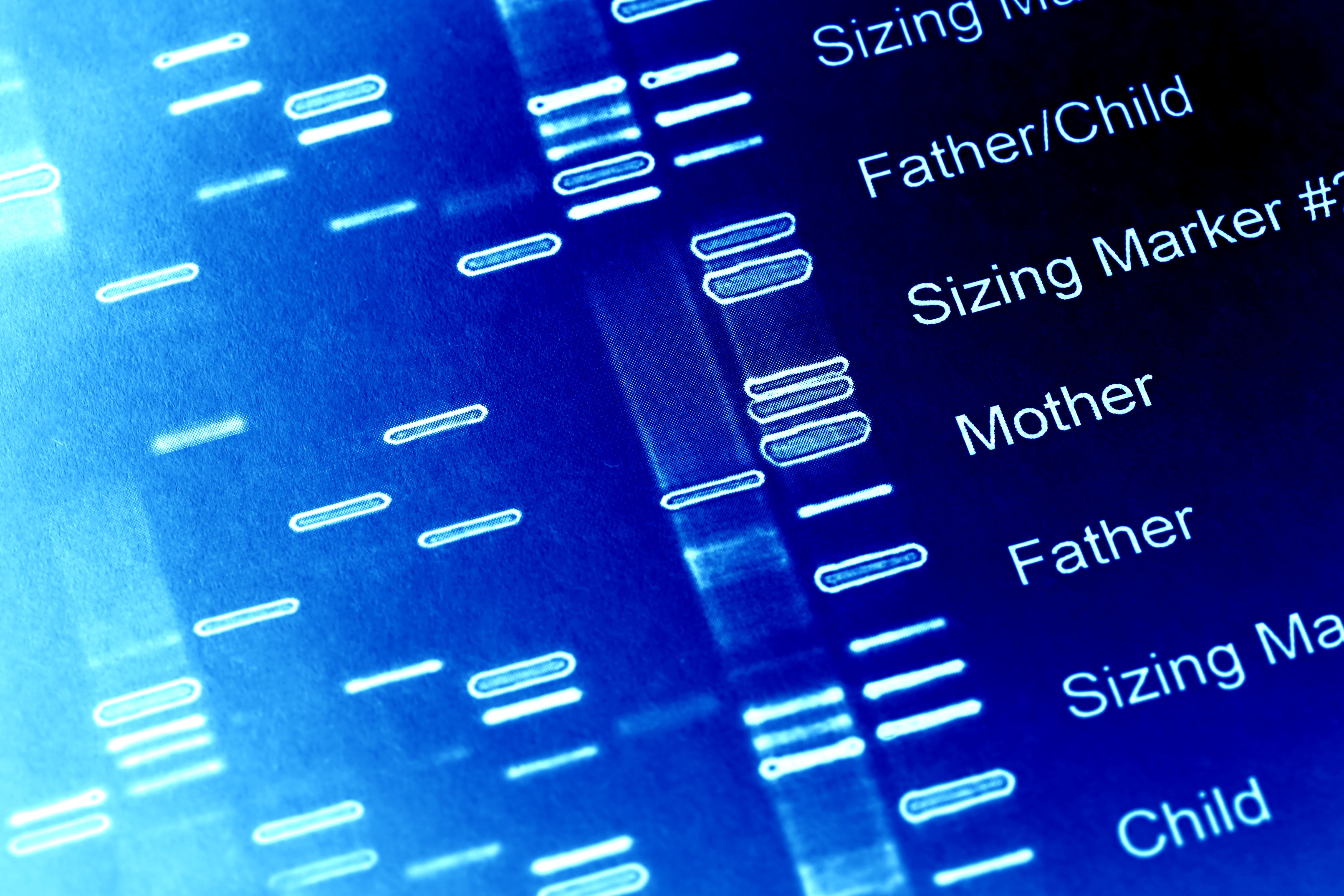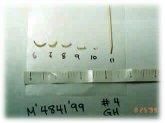This topic takes on average 55 minutes to read.
There are a number of interactive features in this resource:
 Chemistry
Chemistry
Violent crimes such as murder, although rare, leave a lasting legacy. Someone loses their life, and their families have to live with the loss for the rest of their lives. Rapes and sexual assaults leave victims with mental scars which will last longer than any physical damage.
Over the years many people have been brought to justice for crimes like these – but not all of them. There are people walking about in the early 21st century living apparently normal lives who committed terrible crimes 15, 20 or more years ago. But the development of PCR and its use by police forces around the world means that some people who must have thought they had ‘got away with it’ are now being brought to justice.
Police forces are looking back over old, unsolved cases, bringing out old evidence of semen stains, blood stains, cigarette butts... DNA has proved to be a tough molecule which survives for years. PCR means the smallest traces of DNA can be amplified to provide enough for scientists to produce a DNA fingerprint.

PCR allows police to amplify DNA from old cases and convict criminals long after they have committed their crimes.
The story of Helena Greenwood (below) is just one example of the way old crimes are now being solved by new technology. The story is made all the more poignant by the fact that Helena was a well-respected researcher into DNA technology herself.
Helena Greenwood was a talented British biochemist who had studied at Sheffield and London Universities. In 1977 she moved to America with her husband Roger Franklin, and after they had travelled around the USA for a year they settled in a town called Atherton in Silicon Valley where Helena worked as a research analyst specialising in DNA.
All went well until in 1984 David Frediani broke into their home, planning to burgle it. He held Helena at gunpoint for several hours and sexually assaulted her. Even though she knew exactly what he looked like, she managed to persuade him not to kill her by saying that she would never contact the police. Of course, once he had left she called the police and from her description they found Frediani. He was granted bail after the first court hearing and a trial date was set for 1985. Helena and Roger were afraid he might attack again and were happy to move away to San Diego when Helena was offered a senior post in a biotechnology company to continue her work on DNA analysis. They still took security precautions – but in August 1985 things went terribly wrong.
Three weeks before David Frediani was due to go on trial for burglary and assault, Roger found Helena dead in their garden. She had been strangled and beaten. Frediani was the prime subject, but although police found evidence from his credit cards that he had been in the area just before the murder they had no evidence linking him to Helena’s body. So Frediani stood trial for the original assault and went to prison for six years, although he was released after only three. No-one could find any proof that he was involved in Helena’s violent death – but no other suspects emerged either.
Then, in 1999, the police in San Diego, like many of their colleagues in the United States, decided to reopen a number of unsolved murders to see if the new DNA technology based on PCR and DNA fingerprinting could help them. These modern technologies are based in part on the work of DNA analysts like Helena Greenwood herself.
Skin fragments had been found under Helena’s fingernails when her body was examined. It was skin from her attacker, where she had struggled to fight him off. The DNA from this skin was amplified using PCR and analysed to produce a DNA fingerprint which matched David Frediani. More than 15 years after he killed Helena Greenwood, her murderer was tried, found guilty and sentenced to life imprisonment. Without the polymerase chain reaction and the DNA technology linked to it, David Frediani would have escaped justice for the rest of his life.
PCR and DNA technology are now regarded as major tools in the battle against crime. Just as important as proving that someone committed a crime, the technology can also prove that someone is innocent.

PCR enabled evidence from skin caught under Helena Greenwood’s fingernails to be used to convict her killer, 15 years after the crime.